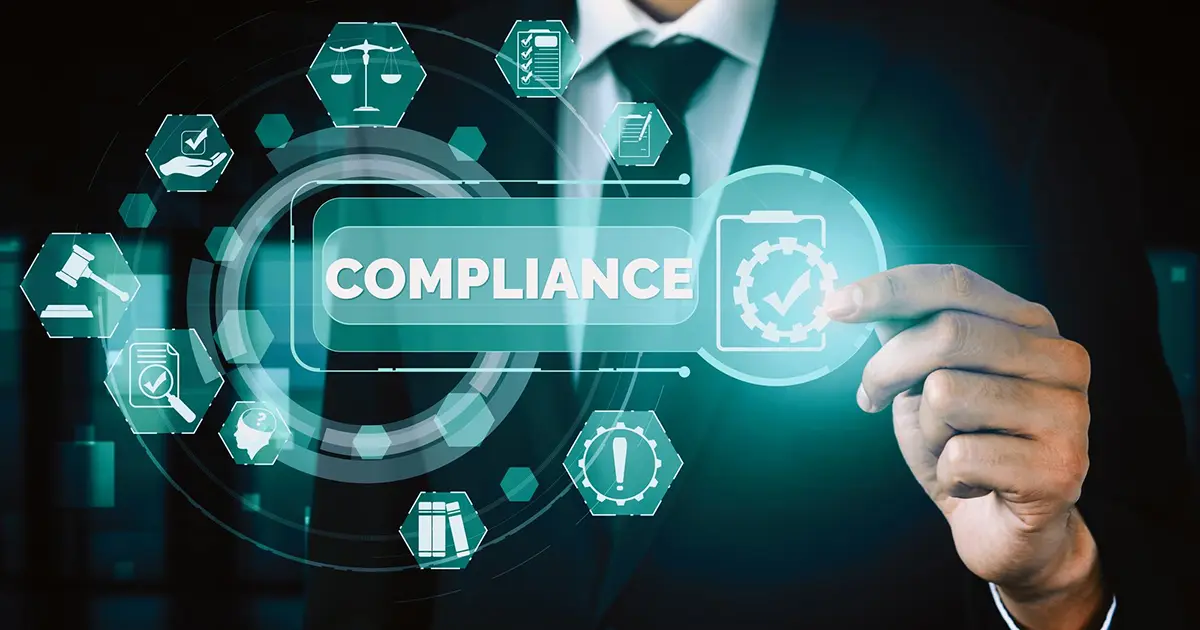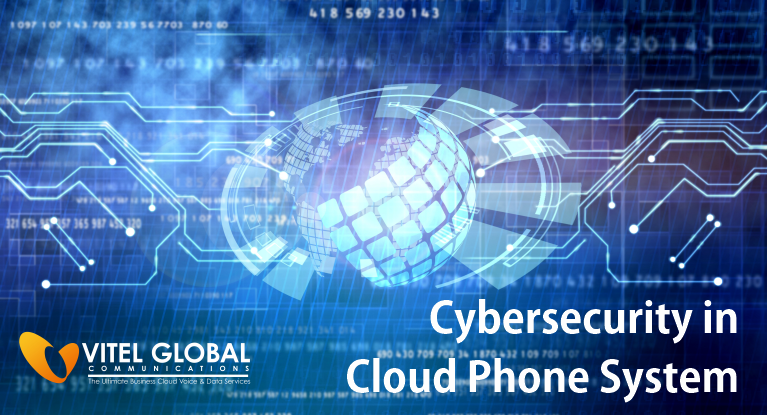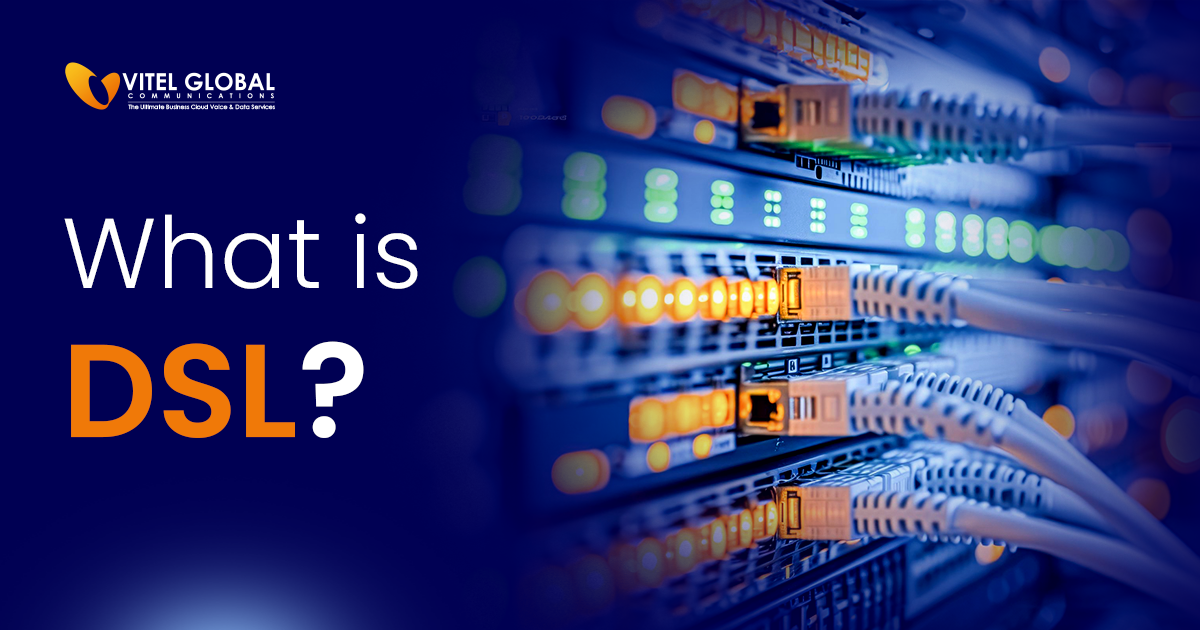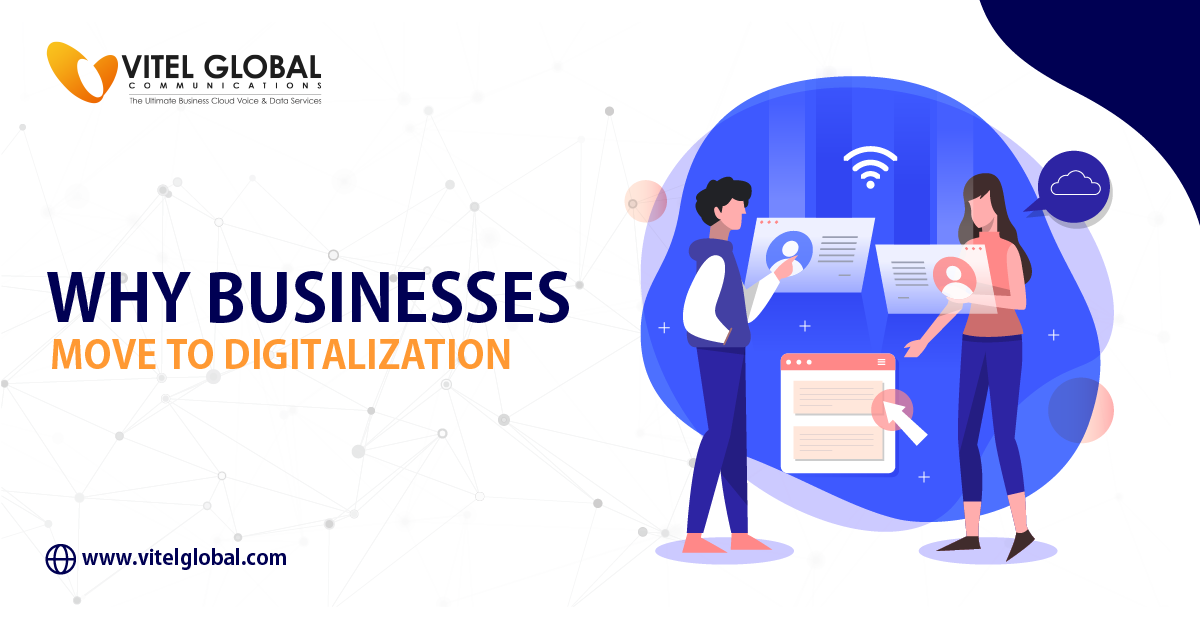Safeguarding Data Privacy in Personalized Experiences

4 min read
The data privacy debate has raised its voice again with a series of new developments. Personal data is under threat and it’s time to take a more active approach to safeguarding your personal information (or anyone else’s for that matter). More than ever before, those who have access to our personal information have the ability to use this knowledge in ways that could seriously affect our lives.
VoIP Security Practices
- Encrypting your communication in transit
- Ensuring that only authorized users can communicate with you by using certificate authentication or other mechanisms
- Enforcing usage limits on your call so that there aren’t too many calls going out at one time. Which could act as an indication of a malicious attack on your VoIP system. These limits will be useful in controlling either manually by the administrator or automatically by software applications running on the server.
- Disabling and/or locking out protected phone features such as call forwarding, blocking of certain numbers, VoIP call quality
- Turning off the capability to make VoIP calls from some hardware devices such as PABXs. [To be serviced by the PBX]
- Implementing blacklists that automatically consult when a computer attempts to connect to your VoIP server for the first time. You can use these lists to block known bad IP addresses from accessing your server so that an attacker cannot brute force your system to get into it in order to launch an attack on it.
In the age of big data, it’s hard to find any industry that hasn’t been revolutionized by data science. One major example is personalization, which leverages machine learning to deliver personalized experiences over the Internet. But what does this mean for customer privacy?
Principles to Protect the Future Data
Data Minimization
Marketing and advertising teams should focus on minimizing the amount of data they collect about customers. Only including necessary data in the first place is a good start.
Data Gathering
The collection of unusual customer data is also bad practice: for instance, marketers often ask users to provide their mobile number or email address without any need for them. Collecting the data in an automatic manner helps in reducing the unnecessary risks of leaks.
Sensitive Data
Sensitive customer data will be often collected by external sources like public databases and fraud detection systems. Which makes it hard to ensure immediate deletion after the anonymization process.
Informed Consent
Provide a clear and prominent notice about what information will be collected and how the data will be useful. This ensures that users are both aware of and consent to their data.
Transparent Data Use
Be transparent with how data is helpful in delivering personalized experiences. In addition to informing users about data collection, companies should also be clear about how this information can be applicable to improve experiences.
Data Protection
Data protection laws help safeguard the privacy of user data by imposing strict standards for handling it. However, these laws do little to cover data that is used in personalized experiences obtained from third-party sites.
In practice, many companies are using advertising personalization, which is non-personalized data aggregate information. This means that the user’s data is collected but not necessarily used for their specific interests or needs.
But this practice can raise serious concerns: Personalization can be misused to track users and build profiles on them for marketing purposes. In fact, personalization always raises privacy concerns and must be handled very carefully by the involvement of all companies.
Anonymization
When personalizing experiences, use anonymized data whenever possible. Anonymization involves removing personally identifiable information from the data, making it more challenging to identify individual users.
Data Encryption
Encrypt all personal data at rest and in transit. Data encryption is a core security practice that will be applicable to most of the company’s data.
Data Access
Do not allow personally identifiable information to be included in publicly accessible records or indexes. Once an organization has established its policies, it should communicate these to employees, including data privacy training.
Compliance
Ensure that all company programs will be adequately protected by applicable existing privacy and security laws. For example, have your privacy policy submitted to the Federal Trade Commission (FTC). Many companies are required to notify users about changes in their privacy policies or provide them with other notices, such as a mailing or email notification.
Data Minimization
- Minimize the amount of data collected.
- Collect and store only personally identifiable information.
- Maintaining data storage means that is under the user’s control, and that minimizes the risk of unauthorized access or loss of data.
- Ensure that only authorized persons have access to personal information and that these persons do not disclose data to third parties except in limited circumstances. [NOTE: Where it is necessary or appropriate, you may collect and use data from people who are not registered as users.]
These principles are the best implementations of an appropriate governance and compliance framework.
Internet Privacy Initiative
Providing a global framework for addressing privacy legislation. To determine the impact of the new European data protection law on your business.
Risk Assessment
Establish processes for conducting a privacy risk assessment on new services and products. Assess the data subjects’ possible loss or damage, the likelihood of an actual loss occurring, and the potential costs to your organization.
Think of your risk assessment as a process of determining how likely it is that you will lose control of personally identifiable information and, if so, what can be done about it. This should include developing internal policies regarding PII as part of developing service designs that focus on minimizing potential harm.
Security Measures
- Securely store personal information.
- Control access to personal information.
- Safeguard data in transit and at rest
- Regularly measuring and testing security controls will help to protect information. Including, but not limited to those contained in your security policy as documented on your website.
Conclusion
As we collect more and more user data, privacy and security mechanisms must remain a top priority. In the face of threats from cybercrime, companies should do everything possible to minimize the risk of a data breach. And implement effective privacy policies in accordance with regulatory requirements.
Published: November 28th, 2023
Subscribe to Our Latest Updates
Get monthly product and feature updates, the latest industry news, and more!









